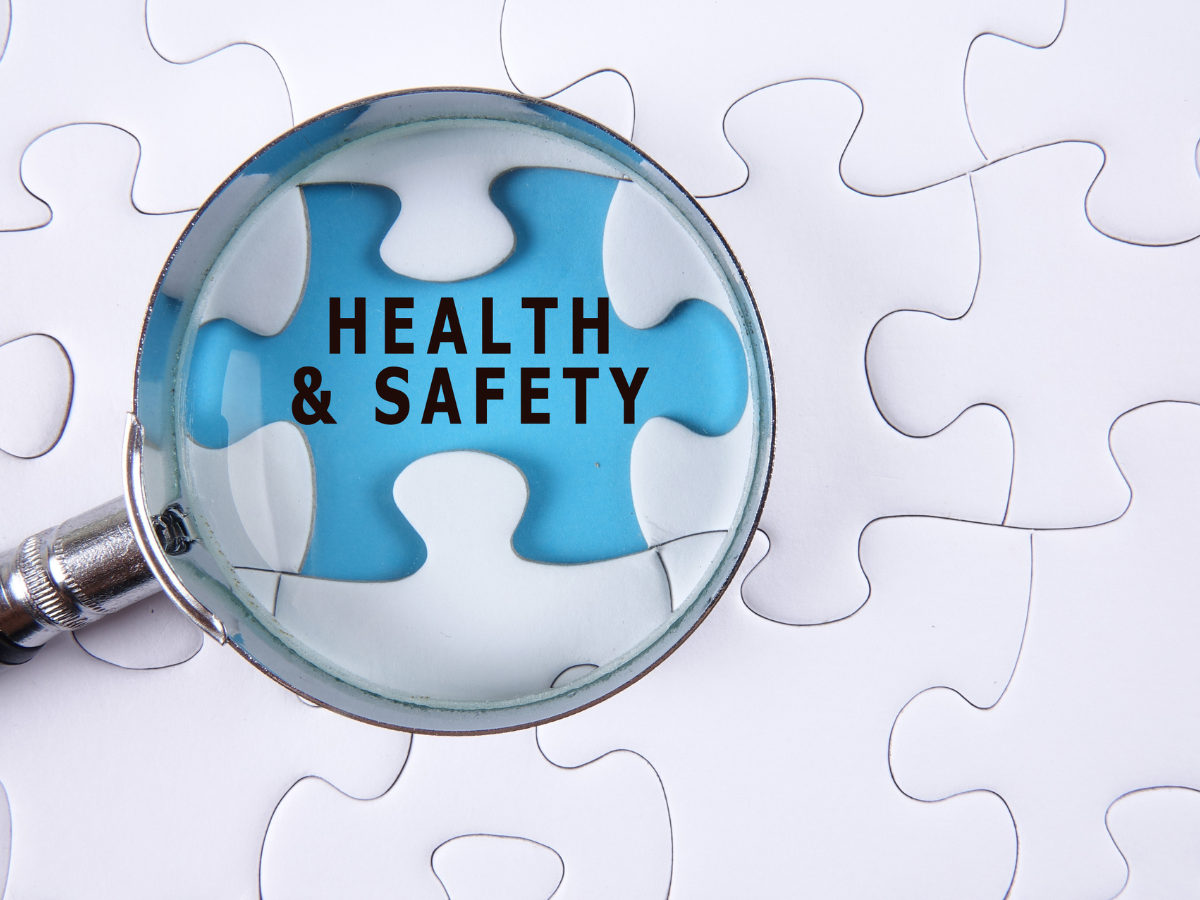Pressure Ulcers: Risk Assessment

Every day healthcare workers face the risk of pressure ulcers. This may occur when an individual is placed in a supine position for a long period, experiences extreme weight loss, has fragile skin, or is confined to a wheelchair. To prevent these injuries, nurses must perform a risk assessment on each patient. Doing so can identify those at greater risk and take the necessary precautions to protect them.
In this blog post, we will discuss the different factors that contribute to pressure ulcer development and how nurses can prevent them from occurring. Stay tuned!
What are pressure ulcers and who is at risk for developing them
Pressure ulcers, also known as pressure or bed sores, are wounds that occur when there is sustained pressure on a particular body area. The most common areas for pressure ulcers to develop are the buttocks, hips, and elbows, although they can occur anywhere. People who are most at risk for developing pressure ulcers are those unable to move on their own, such as elderly people or those who are paralyzed. Pressure ulcers can be extremely painful and take weeks or even months to heal. In some cases, they can become infected, leading to serious health complications.
There are many ways to prevent pressure ulcers from developing, such as regularly changing positions and using specialized mattresses or cushions. For those at risk, it is important to be vigilant about any potential skin changes and seek medical attention as soon as possible if a pressure ulcer does develop.
How to do a pressure ulcer risk assessment
The Braden Scale, the Norton Scale, and the Waterlow Scale are all tools that can assess a person’s risk of developing pressure ulcers. The Braden Scale is the most commonly used tool. It includes six factors: moisture, activity, shear, friction, nutrition, and sensory perception. The Norton Scale is similar to the Braden Scale but also considers a person’s age and weight. The Waterlow Scale is a more comprehensive tool that includes eight factors: age, sex, BMI, mobility, continence, nutrition, hydration, and skin integrity. These three tools can help prevent pressure ulcers by identifying individuals at risk and implementing appropriate interventions.
When doing a pressure ulcer risk assessment, there are a few key things to look for. First, check the patient’s skin for any redness or open wounds. Next, feel the patient’s skin temperature – it should be warm to the touch, not hot or cold. Finally, palpate the patient’s skin – it should be soft and supple, not hard or brittle. If you notice any of these signs, the patient is at risk of developing a pressure ulcer and should be given proper support and care to prevent one from forming.
Treatment options for pressure ulcers
Treatment options for pressure ulcers vary depending on the severity of the injury. For minor ulcers, over-the-counter ointments and creams can help to promote healing. More severe ulcers may require prescription antibiotics or surgery.
In all cases, it is important to keep the affected area clean and dry to prevent infection. With proper treatment, most pressure ulcers will heal within a few weeks. However, some ulcers can take months or even years to completely disappear.
Thank you for reading!
References
- Pressure Ulcer Risk Assessment and Prevention: A Comparative Effectiveness Review | Effective Health Care (EHC) Program. (2012). Ahrq.gov. https://effectivehealthcare.ahrq.gov/products/pressure-ulcer-prevention/research-protocol